 THE MINERAL HALITE
THE MINERAL HALITE
- Chemistry: NaCl, Sodium Chloride
- Class: Halides
- Uses: Major source of salt and as mineral specimens.
Specimens
Halite is found in many current evaporative deposits such as near Salt Lake City, Utah and Searles Lake, California in the U.S., where it crystallizes out of evaporating brine lakes. It is also found in ancient bedrock all over the world where large extinct salt lakes and seas have evaporated millions of years ago, leaving thick deposits of salt behind. The cities of Cleveland and Detroit rest above huge halite deposits that are mined for road salt.
Perfectly formed cubes of halite are typical of the habit of this mineral. However it does form some unusual interesting habits that are much sought after by collectors. One habit is called a hopper crystal which forms what has been termed a skeleton of a crystal. Just the edges of a hopper crystal extend outward from the center of the crystal leaving hollow stairstep faces between these edges. Hopper crystals form due to the disparity of growth rates between the crystal edges and the crystal faces.
Another habit of interest is the vein filling fibrous habit found at Mulhouse, France and at some other localities. Often specimens are brightly colored purple and blue and with the silky luster due to the fibers, they represent a wonderful and a very uncharacteristic variety of halide. These specimens are a must have for teachers of mineral identification classes that want a stumper for those end of the session ID exams. Of course they are still easy to identify with the oft forgot simple taste test.
Well crystallized specimens of halite cubes can be very impressive and popular. Some are colored an attractive pastel pink by inclusions of bacterial debris that are trapped during crystallization in an evaporative lake. The pink color can fade with time and/or exposure to sunlight.
Often the specimens that are sold world wide in rock shops and in mineral shows were grown within the past year. In fact, the crystals form so fast and so well in some evaporative lakes that mineral dealers are using their imaginations to enhance their inventory. They are putting sticks, animal skulls and other imaginative items into these lakes and retrieving them a relatively short time later covered in clusters of white or pink halite cubes.
PHYSICAL CHARACTERISTICS:
- Color is clear or white but can be found blue, purple, pink, yellow and gray.
- Luster is vitreous.
- Transparency: Crystals are transparent to translucent.
- Crystal System is isometric; 4/m bar 3 2/m
- Crystal Habits are predominantly cubes and in massive sedimentary beds, but also granular, fibrous and compact. Some crystals show a crystal type called a hopper crystal discribed above.
- Cleavage is perfect in three directions forming cubes.
- Fracture is conchoidal.
- Hardness is 2
- Specific Gravity is 2.1+ (light)
- Streak is white.
- Associated Minerals include other evaporite deposit minerals such as several sulfates, halides and borates.
- Other Characteristics: Salty taste.
- Notable Occurrences include Searles Lake, California and Utah in the U.S., Germany, and Mulhouse, France.
- Best Field Indicators are taste, cleavage and crystal habit. Note that the similar halide sylvite (potassium chloride) has a distinctively bitter taste, and does not powder as easily with a knife blade.
 Amethyst Galleries' Mineral Gallery MINERALS |
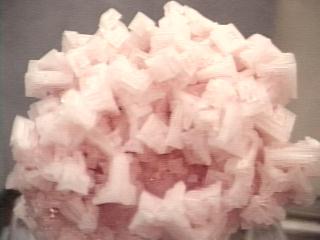
$ 35.00

hal-1 ($ 35.00)
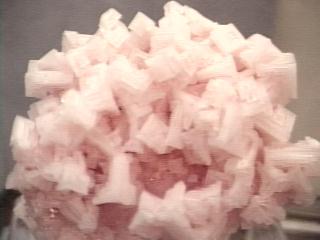
$ 45.00

hal-2 ($ 45.00)

$ 600.00
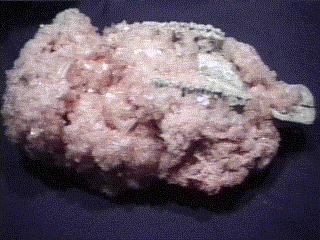

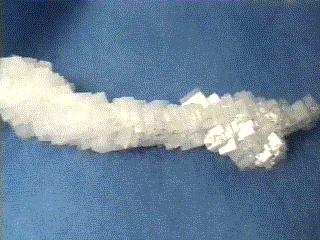
$ 50.00

hal-4 ($ 50.00)
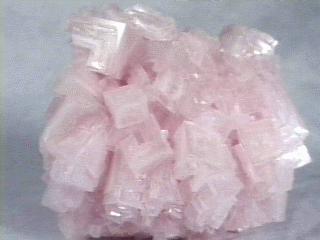
$ 30.00

hal-5 ($ 30.00)
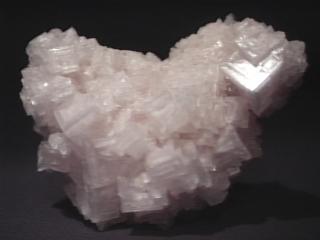
$ 50.00

hal-6 ($ 50.00)
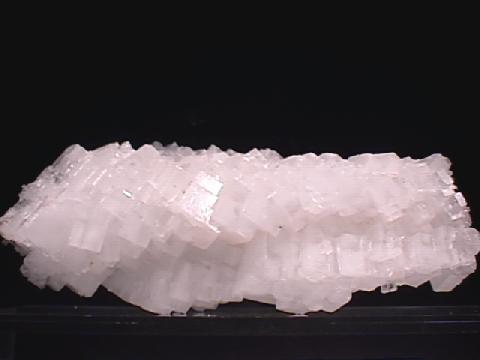
$ 42.00
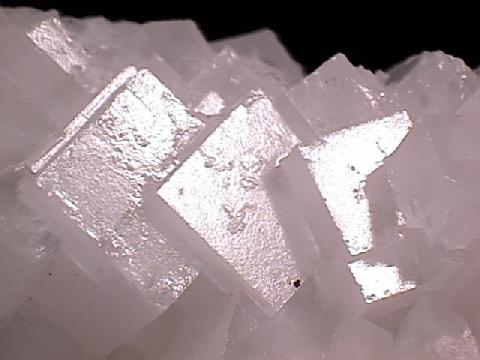

hal-7 ($ 42.00)
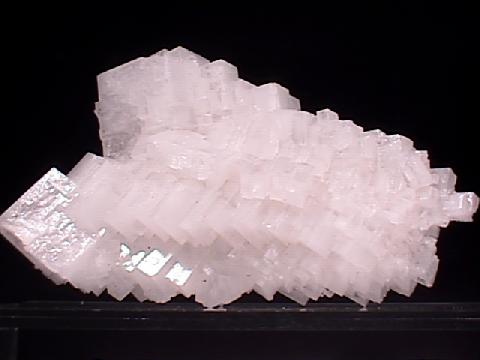
$ 44.00
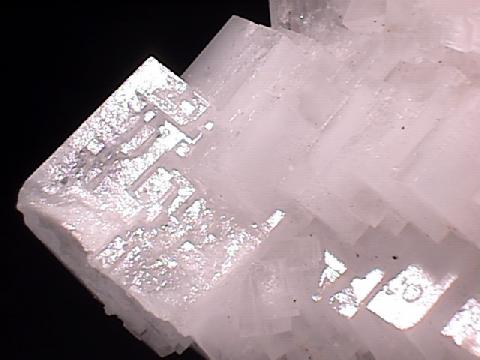

hal-8 ($ 44.00)

$ 25.00

hal-9 ($ 25.00)

$ 55.00

hal-10 ($ 55.00)
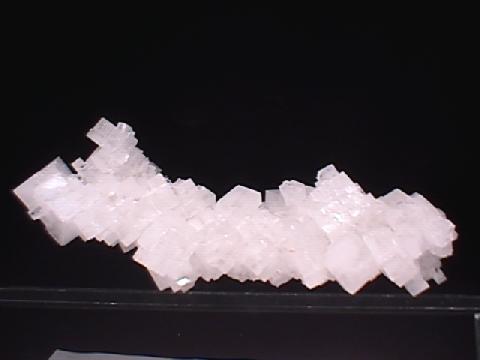
$ 40.00
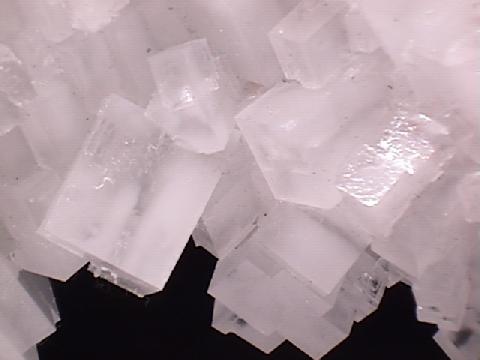

hal-11 ($ 40.00)
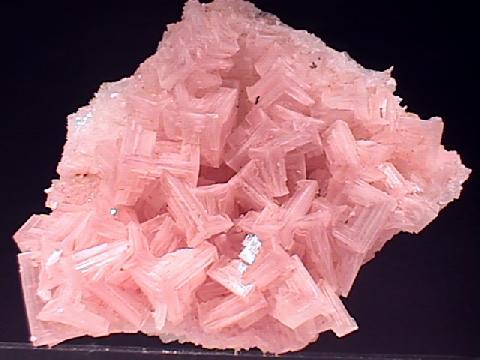
$ 45.00

hal-12 ($ 45.00)
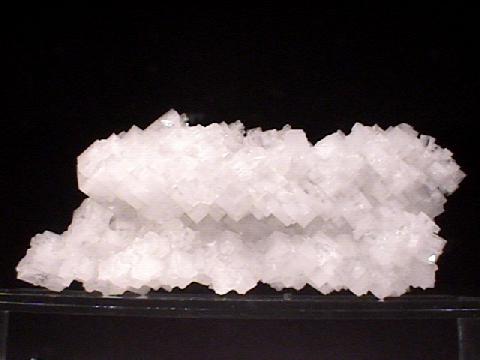
$ 40.00

hal-13 ($ 40.00)
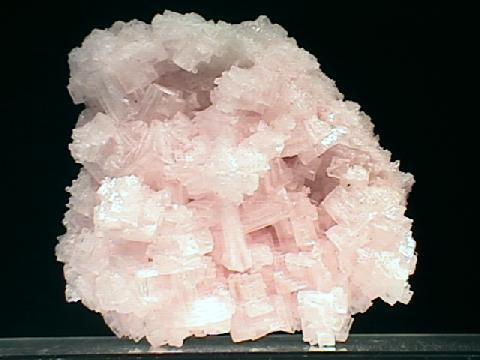
$ 38.00

hal-14 ($ 38.00)
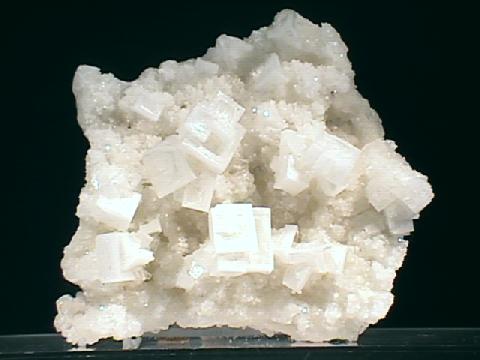
$ 26.00

hal-15 ($ 26.00)
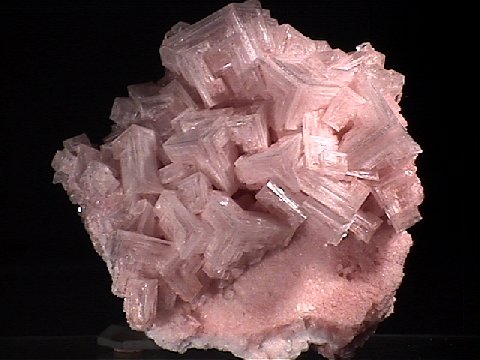
$ 65.00
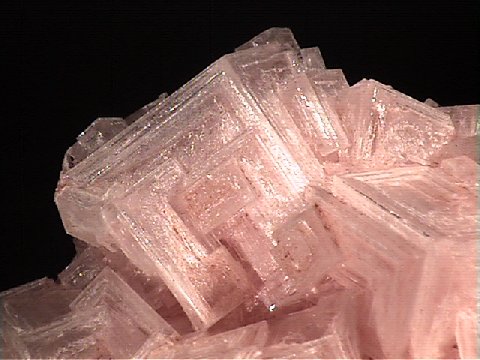

hal-16 ($ 65.00)
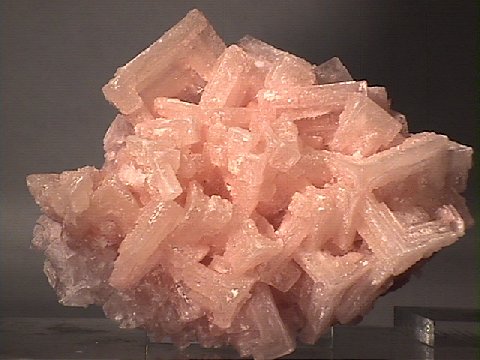
$ 68.00


hal-18 ($ 68.00)
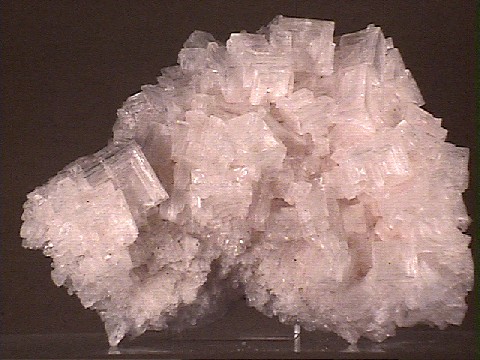
$ 50.00

hal-17 ($ 50.00)
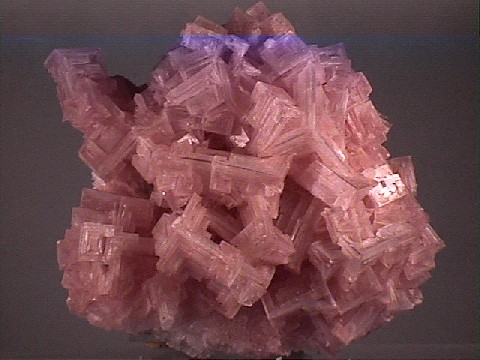
$ 60.00
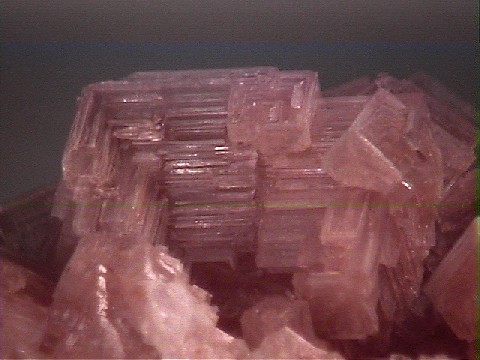

hal-19 ($ 60.00)
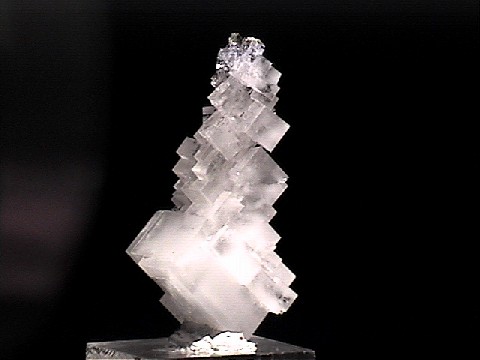
$ 25.00

hal-21 ($ 25.00)
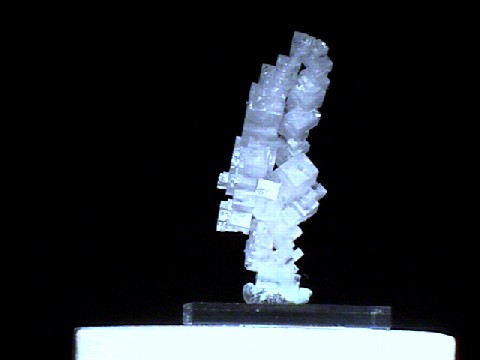
$ 25.00

hal-22 ($ 25.00)
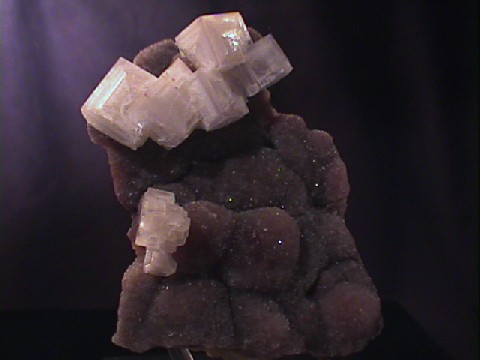
$ 50.00
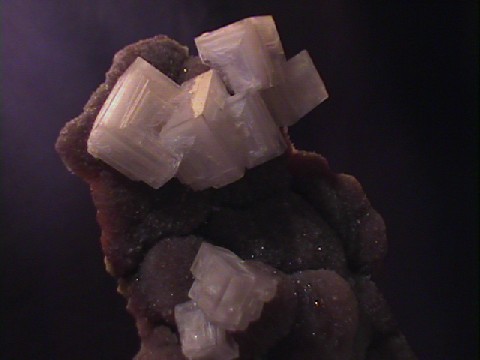

hal-23 ($ 50.00)
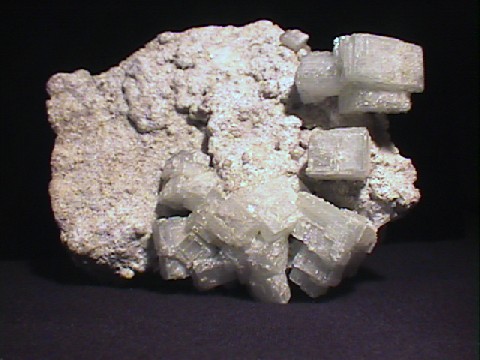
$ 45.00

hal-24 ($ 45.00)
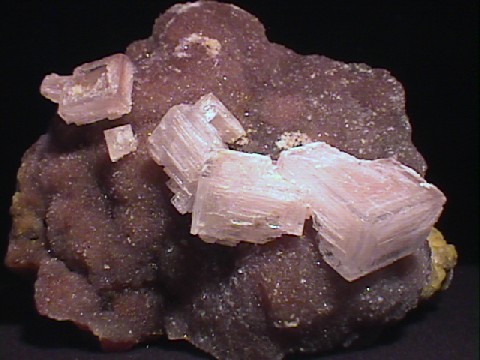
$ 40.00

hal-25 ($ 40.00)
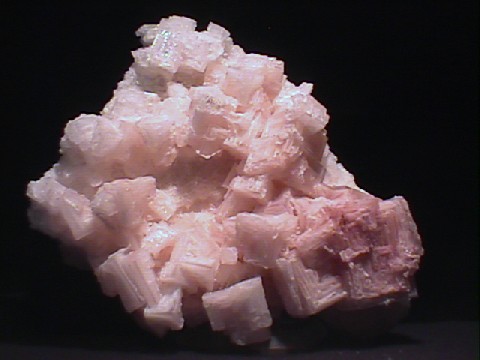
$ 30.00

hal-26 ($ 30.00)
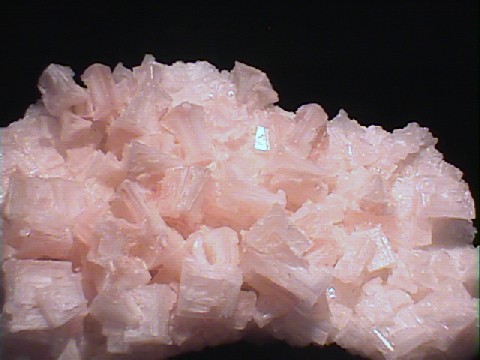
$ 25.00

hal-27 ($ 25.00)
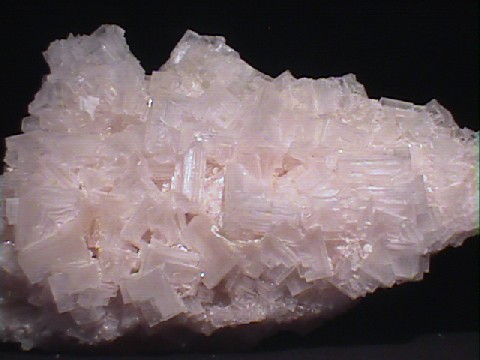
$ 25.00

hal-28 ($ 25.00)
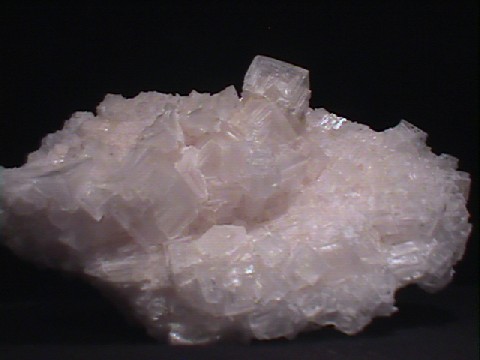
$ 25.00

hal-29 ($ 25.00)
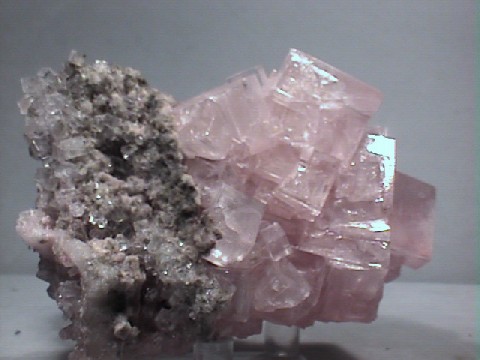
$ 39.00

hal-30 ($ 39.00)

$ 75.00
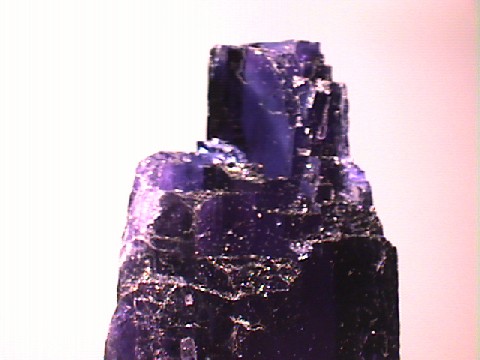

hal-32 ($ 75.00)

$ 75.00
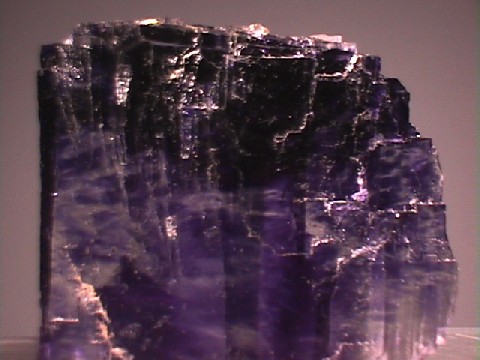

hal-33 ($ 75.00)
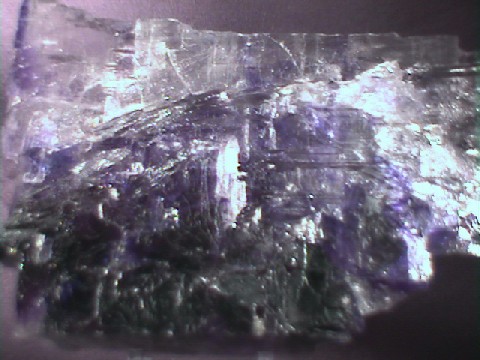
$ 150.00
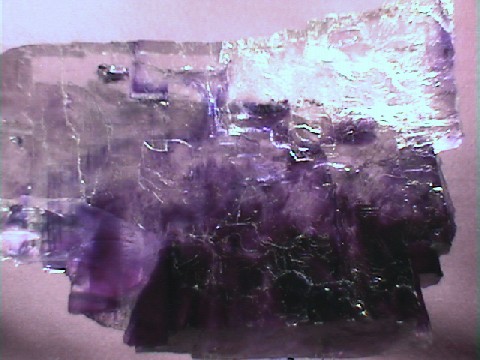

hal-34 ($150.00)

$ 110.00
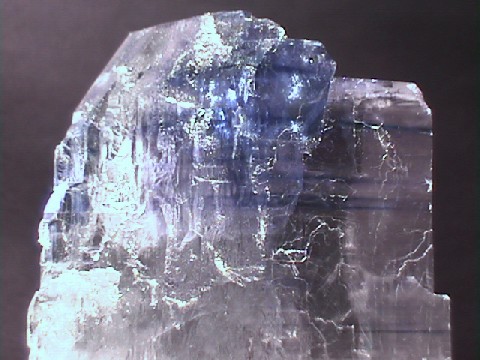

hal-36 ($110.00)
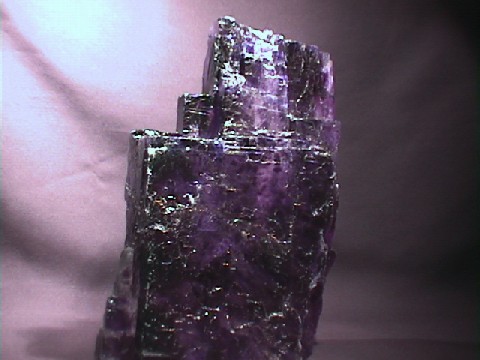
$ 375.00
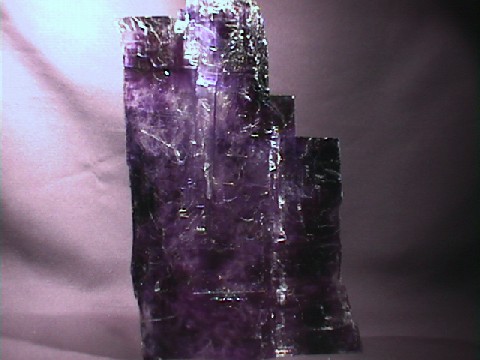

hal-35 ($375.00)

$ 65.00
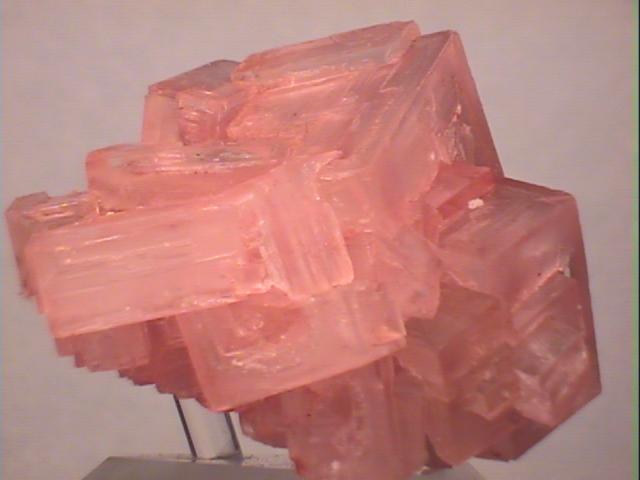

hal-39 ($ 65.00)

$ 135.00
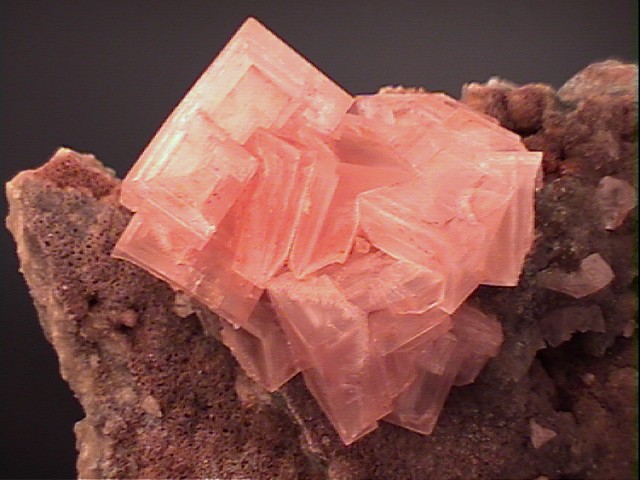

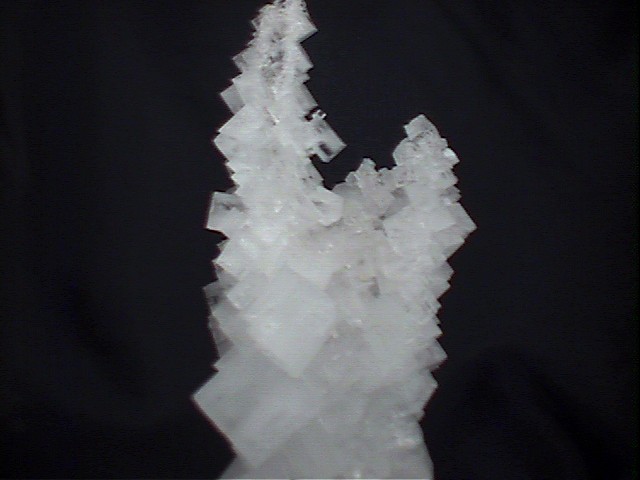
$ 35.00
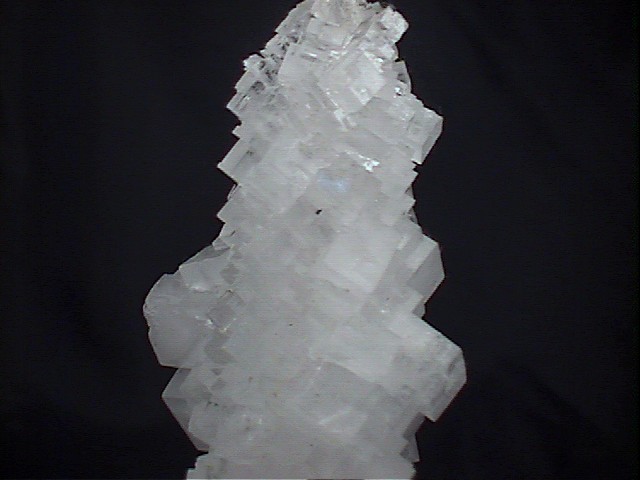

hal-40 ($ 35.00)

$ 95.00


hal-38 ($ 95.00)

$ 30.00


hal-41 ($ 30.00)